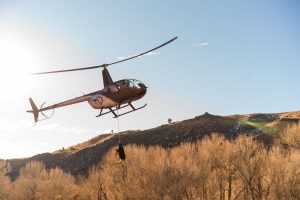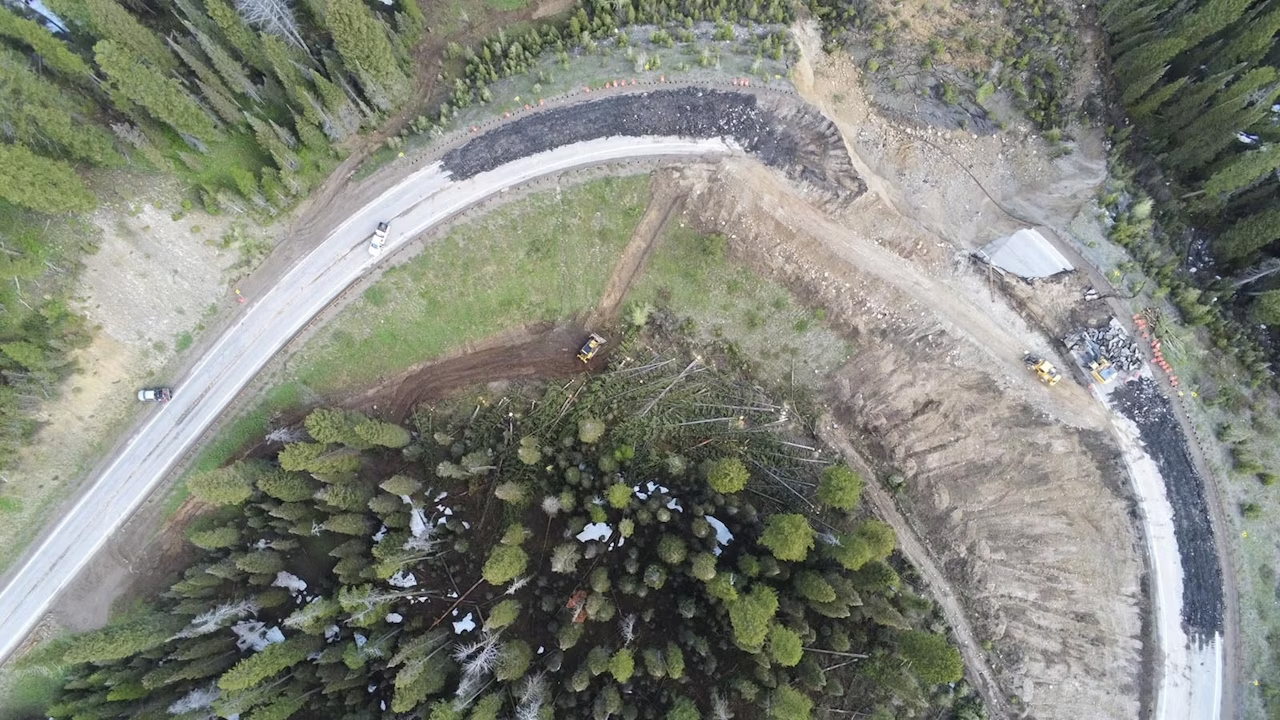Wyoming Game and Fish Plans Helicopter Collaring in the Bighorn Basin
Written by Andrew-Rossi on January 13, 2023
To track the movement of mule deer on the ground, Wyoming Game and Fish will spend January catching, collaring, and releasing deer by taking to the skies.
The Wyoming Game and Fish Department is planning to capture and collar mule deer in the Absaroka and Bighorn Mountains as part of the new statewide Mule Deer Monitoring Project. Animals will be netted from a helicopter by a professional wildlife capture crew, fitted with a G.P.S. collar at the capture site, and released.
The Mule Deer Monitoring Project is a five-year, state-of-the-art study that seeks to collect much more information, monitor herds, and analyze outputs in new ways to enhance the conservation of the state’s most iconic ungulate. The Upper Shoshone and North Bighorn Herd units are two of five herds across the state the project is focusing on.
Mule deer populations have been declining throughout the west. Because of this, Wyoming Game and Fish is attempting to learn more about their day-to-day lives and what impacts their success using data collected from the deer themselves as the main driver.

Courtesy Wyoming Game and Fish
Over 200 deer will be captured from the Upper Shoshone River Herd Unit on winter ranges in the North Fork and South Fork of the Shoshone River drainages west of Cody over the next few weeks.
Captures for this location are tentatively planned for later this month. In addition, 210 mule deer will be captured on the east and west slopes of the northern Bighorn Mountains in mid-January.
This isn’t the first time Wyoming Game and Fish have used this method to collar mule deer. In December 2022, approximately 125 mule deer were captured and collared in winter ranges near Evanston and Kemmerer.
Wildlife managers are focusing on five focal herds in the Laramie Mountains, North Bighorn, Sweetwater, Upper Shoshone, and the Wyoming Range.
Many herds targeted by the Mule Deer Monitoring Project have never been intensely studied.
The five-year project will look at six areas considered critical for mule deer management:
- Abundance
- Composition
- Data management
- Survival
- Herd health
- Harvest management
A recent study by the U.S. Geological Survey and the University of Wyoming found that deer tend to avoid areas with active energy development.– Herd will avoid these areas and interrupt their migrations, even if it means missing out on the most nutritious forage at critical times of the year.




